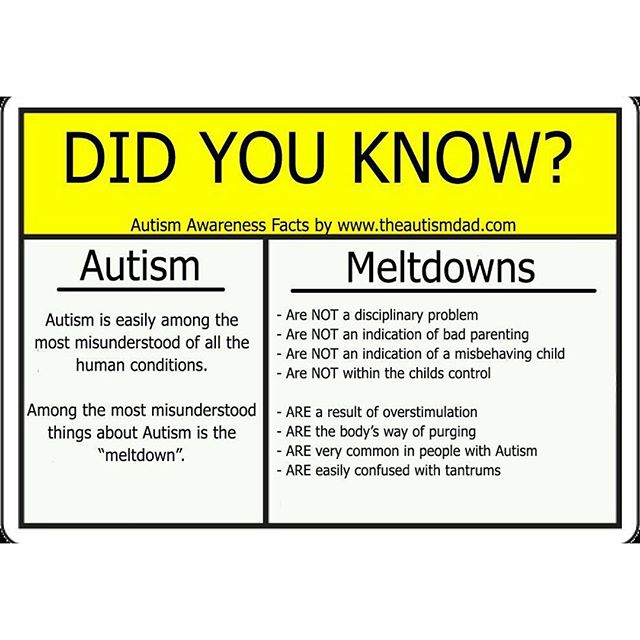
Stimming can be quite gentle, like Fraser’s habit of continually tossing one sock in the air. This is called “stimming” or self-stimulating behaviour and appears to be how they manage stress and anxiety. Autistic people are sometimes seen jumping around, flapping their arms, spinning or engaging in other repetitive behaviours. As unusual as these behaviours are, they are often ways to communicate or cope with a situation. Do what you can to help and they’ll feel better for it.In documentary Love, Hope & Autism, Fraser exhibits several behaviours that are typical of people with autism. While they can take a few minutes or hours to recover from, they help to block out stresses and strains. It’s important to know that shutdowns can be helpful to autistic people.

At home, soundproofing their bedroom can work, while outside, trying to avoid busy environments where possible can work wonders. One is putting together a “worry book”, which lists everything your child is stressed or anxious about. There are a few other ways in which you can help your.
#Autistic meltdown adults how to
More importantly, they will also know how to make sure they’re supported when needed the most. Then, the school will be able to make reasonable adjustments for your child. If shutdowns happen at school, inform the headteacher or whoever else is responsible of what they are, why they happen and how they affect your child. If it’s happening at home, turn off whatever’s making the sounds or causing a shutdown and let your child spend some quiet time alone. When they’re in shutdown mode somewhere busy like, say, a supermarket or a shopping centre, it’s worth leaving that space as soon as possible. When your child has a shutdown, find out what’s causing it. The latter can work in knowing that your son or daughter has some support when at their most stressed or anxious. It could be something they enjoy, something to stim with or a quiet, reassuring word or touch. If your child has several shutdowns, take the time to find out what works to help them recover. By being left alone for a while, they’ll be able to gradually de-stress and, in the process, be able to recover without it seeming forced or risking another shutdown occurring. To be on the safe side, it’s worth giving your child space when it happens. However, the time taken to recover varies depending on the shutdown’s cause, how overwhelmed the person is and how close they are to its cause. Time to recoverĪs is the case with some meltdowns, an autistic person who experiences a shutdown will eventually come round. In some instances, they occur after a meltdown, acting as a means of trying to return to normal. The first is to try and express that someone is feeling stressed, while the second is to try and get rid of that stress and calm down. They may be doing a task they find really difficult or may be on the brink of shutdown as a result of days and weeks of stress building up. They may be in a crowded, noisy environment. It’s not that easy to tell when a shutdown is going to happen, but if your autistic son or daughter is feeling stressed or overwhelmed, it’s good to know what the root cause is.


In this post, we explore what a shutdown actually is, how it happens and what you can do to help someone experiencing one. They aren’t nearly as easy to spot as a meltdown, but the impact on an autistic person can be just as big. The other reaction to overload is a shutdown. With some people, meltdowns also have a physical side throwing, kicking and lashing out often happen.

Shouting, screaming and ranting can occur. They vary widely from person to person, but they generally develop as a result of anxiety reaching a point where it cannot be contained. For autistic children (and adults) who become overloaded, anxious or unable to cope with what’s going on around them, there tends to be one of two reactions. Some of us try to bottle up our feelings, whilst a few people’s first instinct would be to go somewhere quiet. When everything around us becomes a bit too much to handle, we all have ways of reacting to it.


 0 kommentar(er)
0 kommentar(er)
